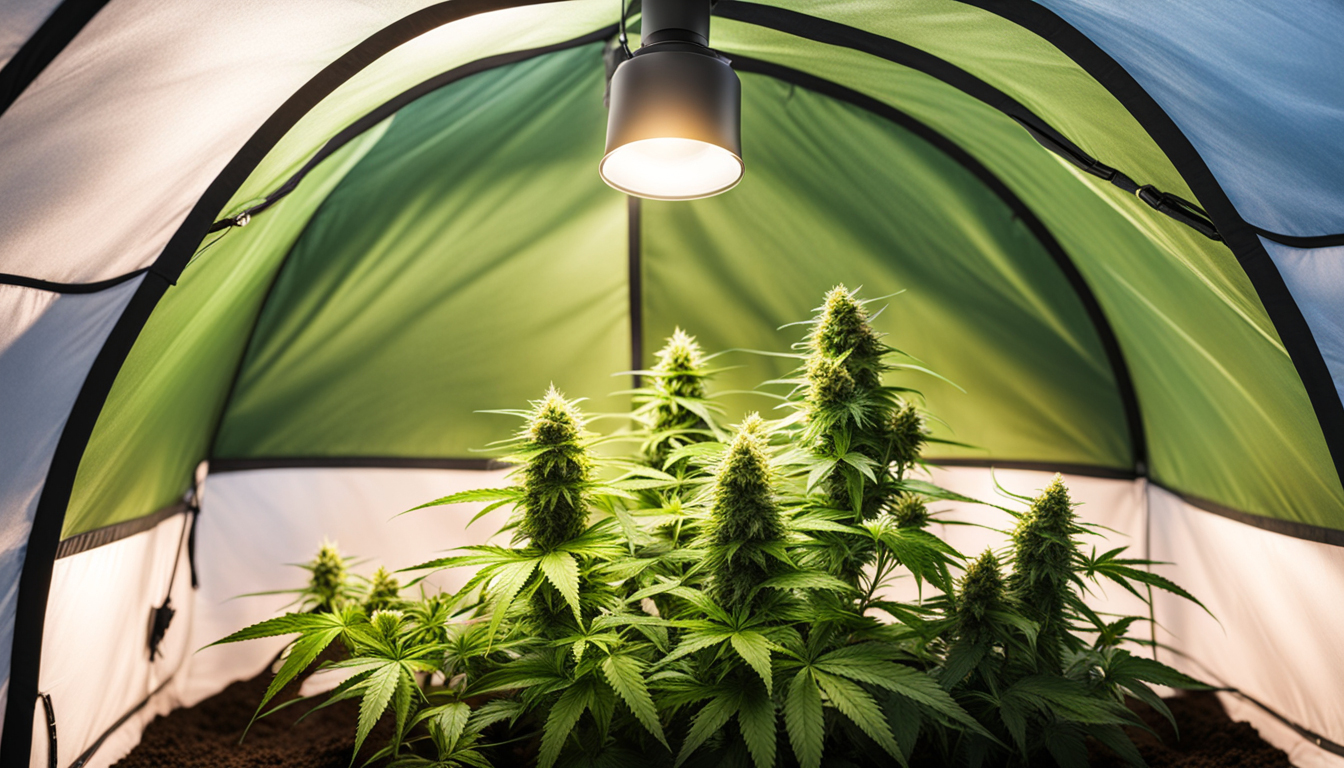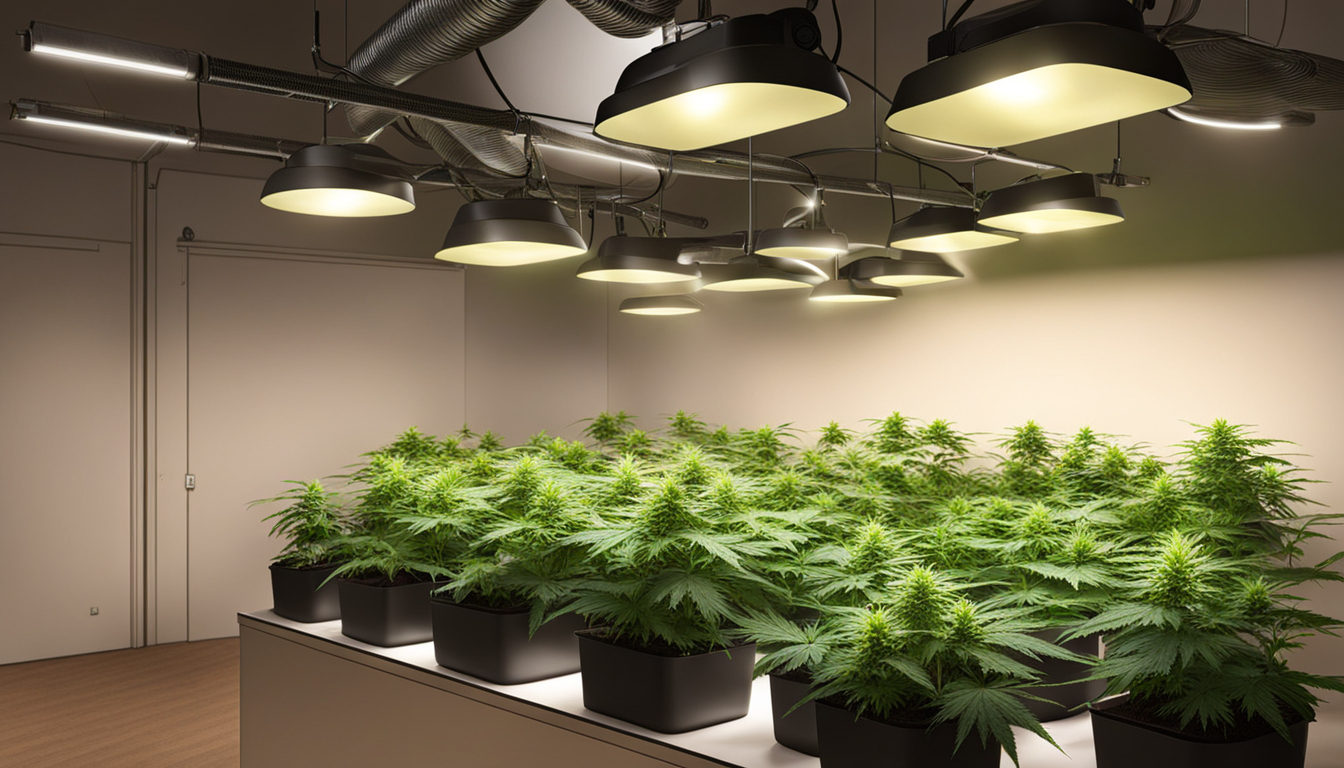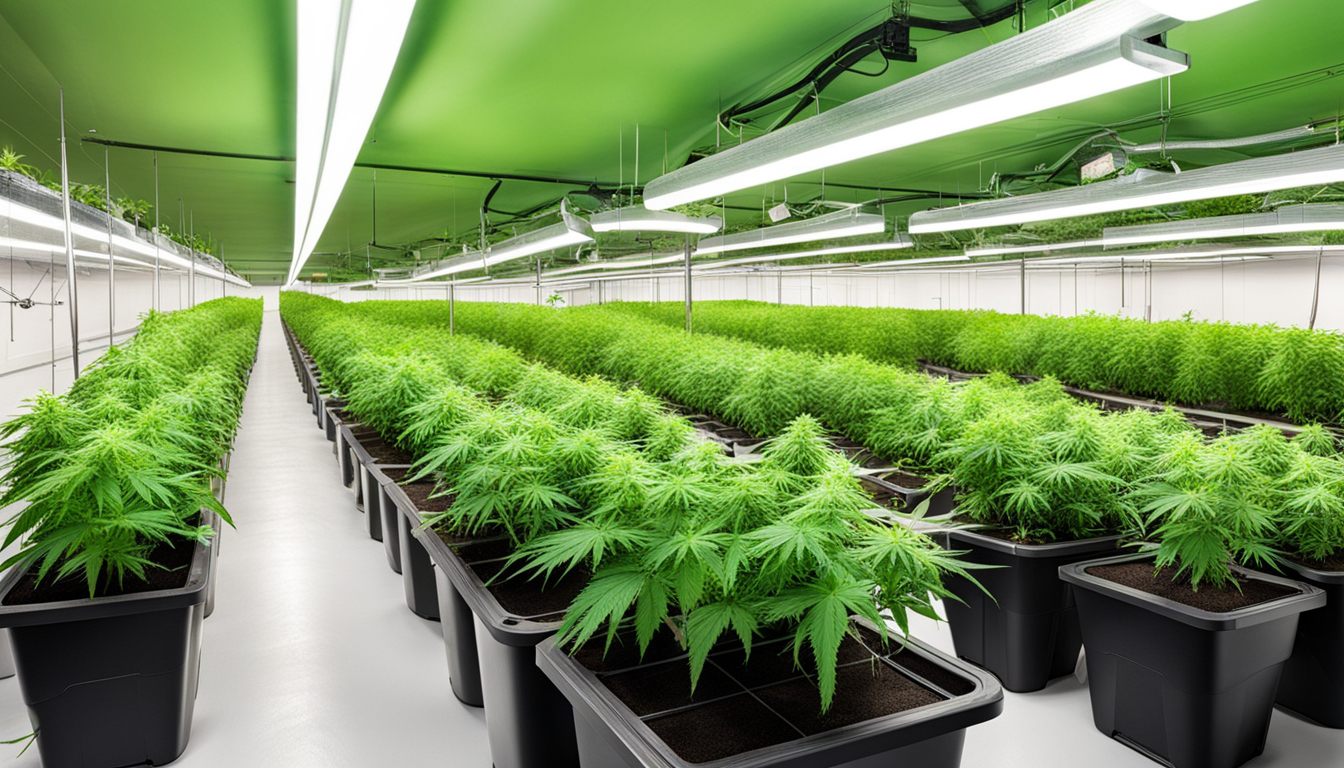
Whether you're just starting out with pot cultivation or looking to improve your existing crop, following this complete guide will help you produce bountiful, high-quality yields right at home. With the right supplies, techniques, and care, growing marijuana indoors can be an extremely productive and cost-effective endeavor.
Choosing Pot Strains
The first step in planning your indoor harvest is picking the right weed varieties to grow. The three main types of marijuana plants each have their own qualities.
Energizing strains
Known for their energizing cerebral effects, sativas grow tall and slender with narrow leaves. They thrive in hotter tropical climates and have a longer blooming time between 2.5-3 months indoors. Top energizing varieties include Jack Herer, Durban Poison, Super Lemon Haze, and Jack Herer.
Indicas
These strains provide calming body-focused effects and spread short and bushy with wide leaves. Accustomed to colder mountain climates, they bloom faster within 2-2.25 months. Popular relaxing varieties include Northern Lights, Bubba Kush, and Bubba Kush.
Mixed strains
Mixed varieties mix traits from both energizing strains and relaxing strains. They offer blended effects and have medium blooming times around 2.25-2.5 months. Popular mixes are Blue Dream, OG Kush, and Blue Dream.

Setting Up Your Cultivation Space
Marijuana plants need the right controlled environment to thrive. Key factors for indoor farms are lighting, airflow, layout, and finding the ideal discreet area.
Location
Choose an empty space with quick access to water and power outlets. An empty extra bedroom, unused closet, corner of the basement, or grow tent tucked away in a garage all make great stealthy grow room spots.
Lights
Marijuana requires strong light for all growth stages. LEDs are efficient and come in full spectrum options mimicking real sunlight. Cover 250-400 watts per square foot for the vegetative stage and 400-600 watts per square foot for flowering.
Airflow
Proper ventilation and exhaust systems maintain ideal temperature, moisture, and fresh CO2 levels. Install low-noise 4-6 inch fans or scrubbers to refresh stale air and reduce odors.
Layout
Optimize your space by positioning plants strategically under the lamps and leaving room to access and work around them. Set up distinct zones for vegetation, bloom, curing, and propagation.

Cultivation Mediums
Pot can be grown in various mediums, each with pros and cons. Pick a appropriate option for your specific setup and cultivation style.
Soil
The classic substrate, soil is inexpensive and easy for new growers. It provides great taste but needs more watering and nutrients to nourish plants. Enrich soil with perlite or coir to enhance drainage.
Coconut coir
Made from coconut husks, reusable coconut fiber retains water but still lets in air to the roots. It's more sterile and more predictable than soil. Use coir-specific fertilizers to avoid accumulation.
Hydroponics
In hydro systems, plant roots Subscribe Now develop right in nutrient irrigation solution. This allows quick growth but needs careful observation of water properties. DWC and drip systems are common methods.
Germinating Seeds
Germination prepares your pot seeds to begin growing radicles. This prepares them for planting into their cultivation medium.
Towel Method
Place seeds between moist paper towel and keep them damp. Inspect after 2-7 days for emerging radicles showing germination is complete.
Direct Planting
Insert seeds right into pre-moistened growing medium 6mm deep. Gently water and wait 7-14 days until sprouts push Send a Message through the top.
Cubic rockwool
Presoak rockwool cubes in balanced water. Place seeds 6mm deep into the cubes. Keep cubes moist until seedlings appear within 1-14 days.
Transplanting Seedlings
Once germinated, pot young plants need to be transplanted to avoid overcrowding. Move them into proper sized pots.
Ready Containers
Fill final pots with cultivation medium enriched with time-released nutrients. Allow containers to absorb water for 8-12 hours before repotting.
Gently repotting
Gently separate young roots from sprouting medium using a spade. Put into pre-soaked container at same depth as before and lightly water in.
Vegetative Stage
The growth stage encourages foliage and plant form through 3/4 to full day of continual light exposure. This stage usually lasts 4-8 weeks.
Providing 18-24 Hours of Lighting
Use lamps on a 24 daily schedule or natural sunlight to trigger constant photosynthesis. Light intensity influences size and internodal spacing.
Nutrients
Use grow stage fertilizers richer in N. Make sure pH remains around 5.8-6.3 for full fertilizer uptake. Fertilize 25-50% concentration after 14 days and strengthen slowly.
LST and topping
Fimming, LST, and trellising manipulate growth patterns for even canopies. This increases yields.

Bloom Stage
The blooming stage grows buds as plants show their sex under a 12/12 cycle timing. It lasts 2-3 months depending on strain.
Switching to 12/12
Change grow lights to 12 hours on, 12 hours off or move outside for outdoor 12/12 timing. This signals plants to begin blooming.
Flushing
Flushing removes fertilizer residuals to enhance taste. Fertilize lightly the first period then just use plain water the final 2 weeks.
Flushing
Maintain 12 hour photoperiod but flush using neutral pH water only. Return to plain watering if buds aren't ripe after two weeks.
Harvesting
Knowing when pot is completely mature ensures maximum potency and aroma. Harvest plants at peak ripeness.
Signs of readiness
Check swollen calyxes, faded pistils, and 10-15% cloudy trichs. Send a Message Check buds across the plant as they won't all ripen evenly.
Harvesting plants
Use sterilized, razor-sharp pruning shears to gently slice each plant at the base. Leave 5-10cm of stem attached.
Drying
Suspend intact plants or branches inverted in a dark room with moderate temp and humidity around 45-65% for 7-14 days.
Aging
Aging continues desiccating while improving the buds like fine wine. This technique mellows harshness and intensifies cannabinoid contents.
Jars and Humidity
Trim cured buds from stems and store into glass jars, packing about 3⁄4 full. Use a sensor to monitor jar moisture.
Burping Daily
Unseal jars for a short time daily to gradually lower moisture. Remoisten buds if RH drops below 55%.
Long term storage
After 14-21 days when humidity levels off around 55-65%, do a final manicure and store forever in sealed jars.
Troubleshooting
Even experienced cultivators run into various pot plant problems. Identify problems early and fix them properly to keep a healthy garden.
Poor feeding
Yellowing leaves often signify insufficient nitrogen. Purpling stems and leaves signal phosphorus deficiency. Test pH and increase fertilizers gradually.
Bugs
Spider mites, fungus gnats, mites, and root aphids are frequent cannabis pests. Use organic sprays, predator bugs, and sticky traps for organic control.
Mold
Excessive moisture encourages botrytis and bud rot. Improve circulation and circulation while reducing RH below 50% during bloom.

Conclusion
With this complete indoor marijuana growing guide, you now have the knowledge to grow plentiful strong buds for private harvests. Follow these steps and methods throughout the seed starting, vegetative, and bloom stages. Spend in good equipment and carefully monitor your plants. In time, you'll be compensated with sticky fragrant buds you grew yourself under the loving care of your green thumbs. Good luck cultivating!